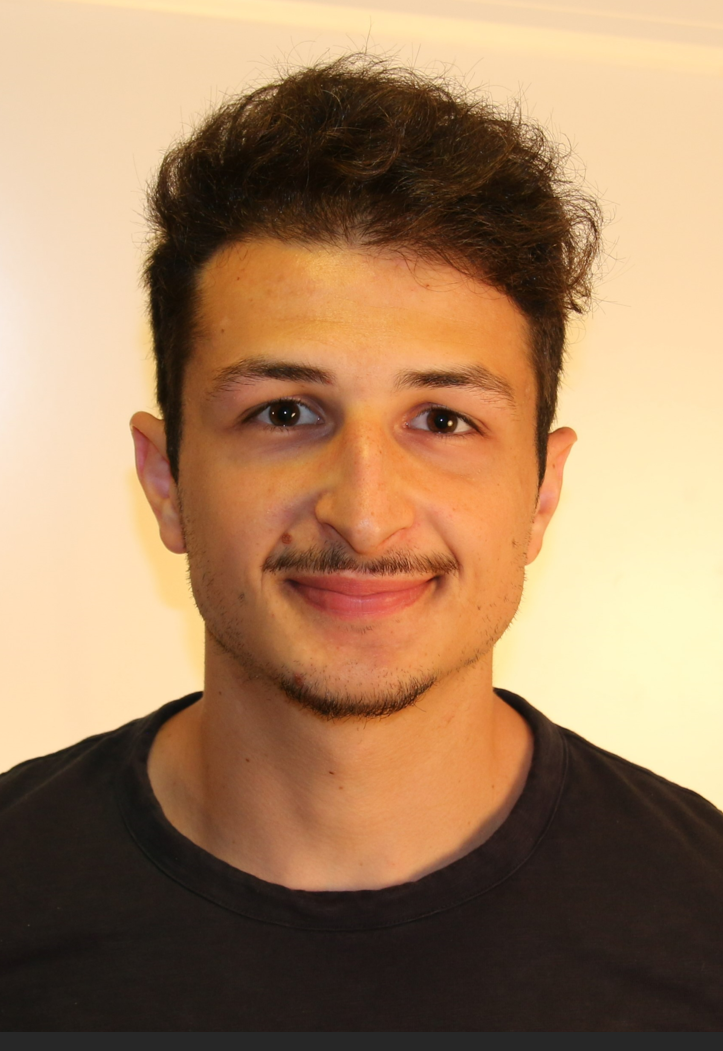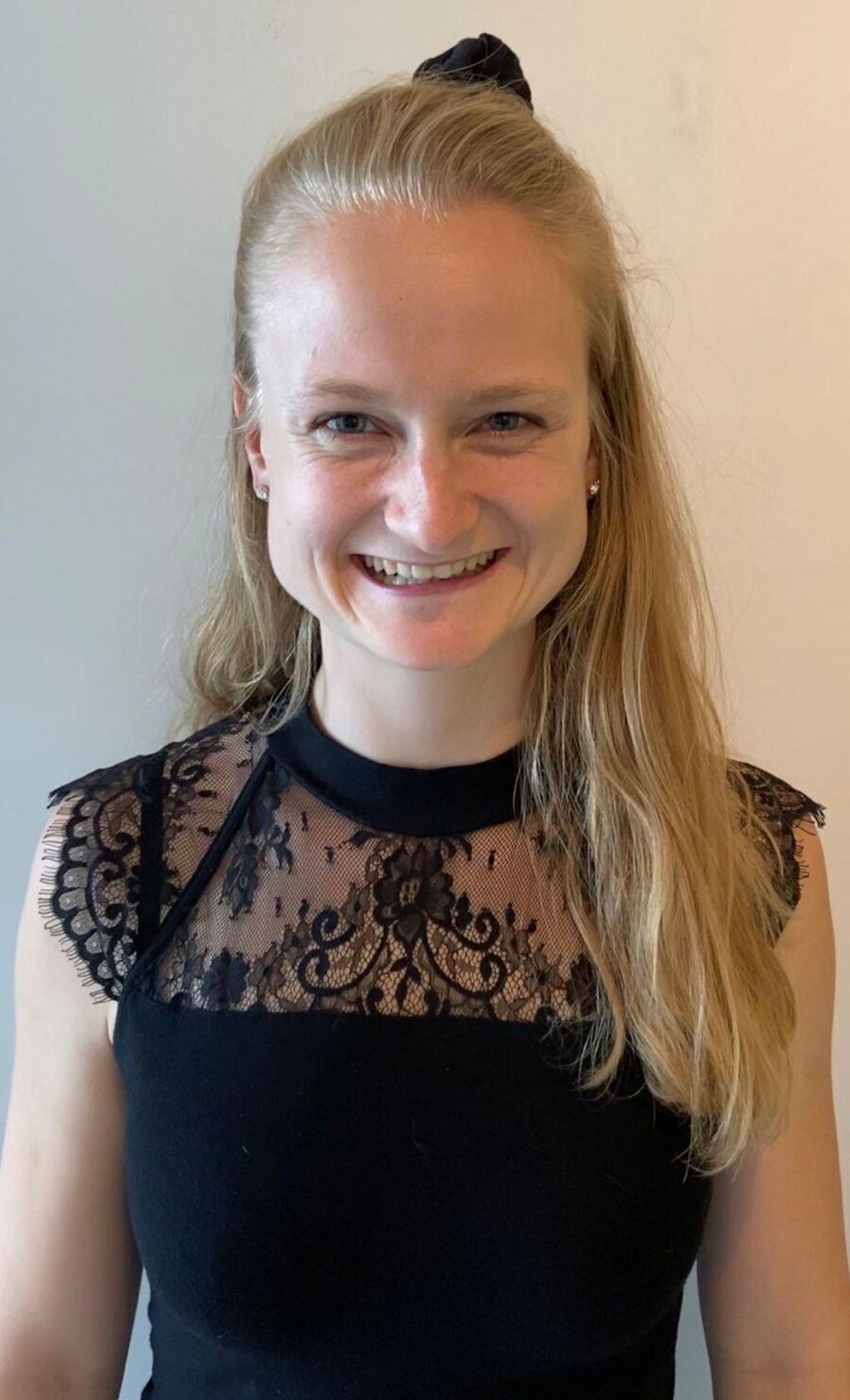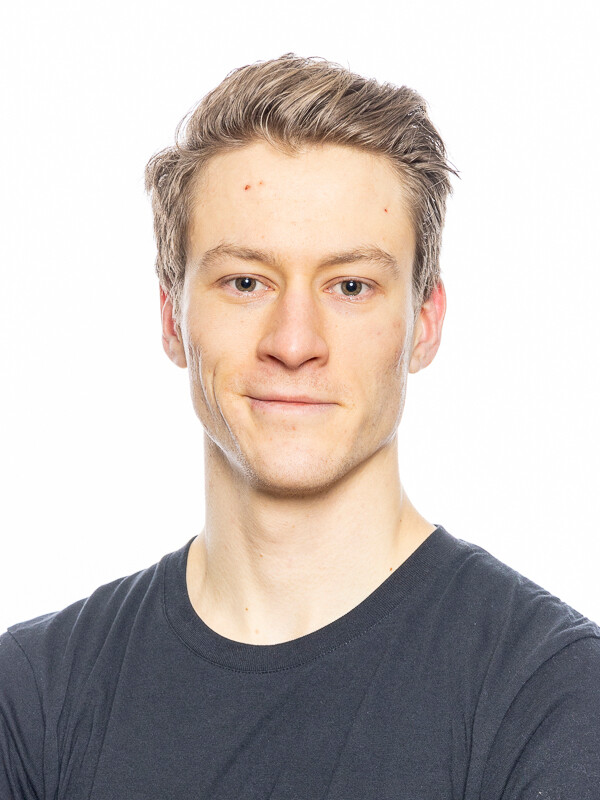Cette année encore, le prix de la relève de la 4S été décerné pendant le 15e congrès annuel de la SSS à Zurich. Après un premier contrôle de qualité des résumés détaillés par le jury, les cinq candidats ayant obtenu les meilleurs scores ont été invités à la finale du prix de la relève pour une présentation orale de 12 minutes suivie d'une discussion de 8 minutes. Les trois meilleurs jeunes chercheurs ont finalement été récompensés par la SSS. Au total, 14 personnes avaient posé leur candidature pour le prix de la relève.
Les lauréats et les études soumises sont présentés ci-dessous. La 4S tient à féliciter chaleureusement tous les lauréats.
Prix pour les jeunes 2024


1ère place Timothée Popesco (Université de Lausanne) avec la présentation : "Effects of pulse width and frequency on evoked responses in electrostimulation: comparison between three muscle groups"
Introduction: Neuromuscular electrical stimulation (NMES) is an innovative (re)training strategy to improve or restore neuromuscular function but several limitations, such as higher fatigability and discomfort might restrain its clinical implementation. The use of wide pulses (≥1 ms) and high stimulation frequencies (>80 Hz) delivered at low stimulation intensity may partly overcome these limitations by inducing an increase in force production through central (reflexive) motor unit recruitment called ‘extra force’. The aim of the study was to explore the effect of varying stimulation parameters on the NMES-evoked force in the plantar flexors, knee extensors and elbow flexors.
Methods: Sixteen volunteers (2 female, 29±6 yr) participated to three experimental sessions, one for each muscle group, where twelve 10-s NMES trains - a combination of frequencies (20, 50, 100 and 147 Hz) and pulse durations (0.2, 1 and 2 ms) - were delivered at low intensity.
Results: Extra force was significantly higher for plantar flexors than for elbow flexors at 50 Hz, 100 Hz and 147 Hz (76% vs 25%, p<0.001) and with pulse durations of 1 ms and 2 ms (74% vs 26%, p<0.001). This parameter was higher in knee extensors than elbow flexors at 100 Hz (63% vs 21%, p=0.012) and when using 1 ms (56% vs 23 %, p=0.002).
Discussion/Conclusion: WPHF NMES is a promising tool for (re)training and our results suggest that its use to induce centrally-mediated force is more pertinent in lower limb muscles, because of their slower typology and postural function. Since the effectiveness of NMES for neuromuscular adaptations depends on the amount of force generated during training, wide pulses and high frequencies should be used when implementing NMES in clinical settings and preferentially on slower muscle groups.


2e place Selin Scherrer (Université de Fribourg) avec sa présentation "Improved subjective sleep quality after three months of balance learning in older adults"
Sleep problems are common among older adults, and current treatments may be difficult to access or have adverse effects. Therefore, there is an urgent need for alternatives. GABA is the primary inhibitory neurotransmitter in the brain. GABA-mediated inhibition is crucial for sleep and older adults often exhibit lower GABA levels. Balance training (BT) has been shown to enhance GABA-mediated inhibition and functional connectivity, which has been associated with better subjective sleep quality. Therefore, we hypothesised that balance training would improve subjective sleep quality in older adults.
In this three-month intervention study, 40 volunteers aged 64-81 were randomly assigned to BT or to continue with their daily routines (CON). Before and after the intervention, we evaluated subjective sleep quality using the Pittsburgh Sleep Quality Questionnaire. During an afternoon nap, we assessed short- interval intracortical inhibition (SICI), which measures the activity of GABAergic inhibitory interneurons in the motor cortex. We determined GABA levels in the motor cortex with magnetic resonance spectroscopy and resting-state sensorimotor network functional connectivity using functional magnetic resonance imaging.
After BT the sleep score improved by 23% (p = .015), GABA levels increased by 21% (p = .003) and functional connectivity increased by 40% (p = .003), while no changes were observed in CON (p>.05). The improved sleep scores after BT were associated with increased SICI at sleep onset (r = -0.59, p = .07).
Our current understanding is that BT increases inhibition capacity by raising GABA levels. This leads to the functional changes, including increased GABA-mediated inhibition and increased functional connectivity. These changes eventually result in the behavioural change of improved subjective sleep quality in older adults after balance training.


3ème place Paul Ritsche (Université de Bâle) avec la présentation "Muscle geometry and its relevance for sports performance? A perspective of current findings and future opportunities"
The strength of our legs is crucial not just for sports, but also to reduce the risk of injuries and deal with aging. How strong a muscle is can depend on its shape and how it's connected to the nervous system. There are two main things to look at: the muscle's architecture (how the muscle fibers are arranged) and its morphology (the muscle's shape and size). Researchers have been using ultrasound, a type of imaging technology, to study these aspects because it's cheaper and easier on participants than other methods. But, analyzing these ultrasound images can be tricky and time-consuming because it often depends on the person doing it and the equipment used. This makes it hard to use the same method everywhere.
To solve these problems, we have created new computer programs that can automatically analyze muscle shape and size from ultrasound images. This makes the process much faster and less biased. We've tested these tools in sports settings, looking at how muscle characteristics relate to athletic performance, like how fast someone can sprint or how strong their leg muscles are.
Our findings show that these new tools work well and can give insights into how muscle shape and size affect sports performance. We've also looked into using portable ultrasound devices that work with smartphones, making it easier to study muscles anywhere. We found that these portable devices can assess muscle architecture comparably to high end devices.
In conclusion, while there's still work to be done in making these analysis methods more universally applicable, the progress so far is promising. Future efforts will likely focus on standardizing how muscle studies are done and exploring how muscles change during actual movement rather than just at rest.

